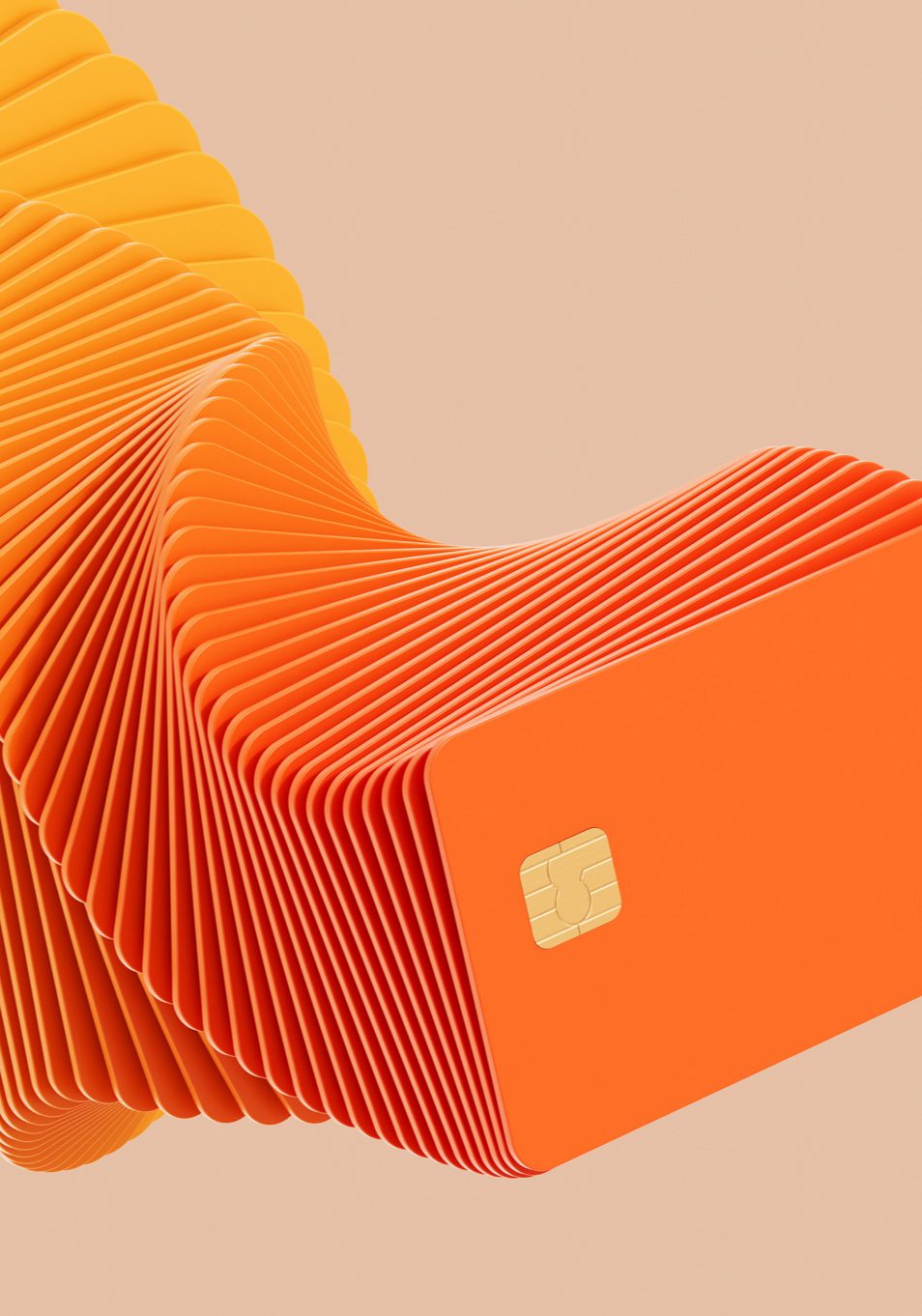Introduction:
The ground beneath the world of digital marketing is shifting. For years, the third-party cookie was the bedrock of online advertising, a silent tracker that enabled everything from ad targeting to performance measurement. Now, that bedrock is crumbling. With privacy regulations tightening globally and tech giants like Google and Apple phasing out these trackers, a fundamental question arises: Are you prepared for what comes next?
This isn’t just a minor tremor; it’s a seismic shift that demands our immediate attention. For many, it feels like a step into the unknown, a marketing “conundrum” of the highest order. Yet, for the forward-thinking strategist, this disruption is not a crisis but a clarion call. It’s an opportunity to move beyond borrowed data and build something far more valuable and enduring: a direct, trust-based relationship with your audience.
The key to unlocking this future lies in a resource you already own: first-party data. This blog post is your playbook for navigating the post-cookie era. We will explore not just the “why” of this transition but the strategic “how”, transforming this challenge into your greatest competitive advantage.
Understanding the Seismic Shift: Why the Third-Party Cookie Crumbled
The demise of the third-party cookie was not a sudden event but the culmination of a global movement. Three powerful forces converged to make this change inevitable:
- Consumer Demand for Privacy: Audiences have become increasingly aware and uncomfortable with the opaque nature of online tracking. They are demanding more control over their personal data and greater transparency from the brands they interact with.
- Regulatory Pressure: Landmark legislation, such as Europe’s GDPR and the California Consumer Privacy Act (CCPA), sets a new global standard. Operating from Paris, I’ve seen firsthand how these regulations have not only forced businesses to rethink their data practices but also empowered consumers, giving them more control over their personal data and the transparency they deserve.
- Action by Tech Giants: Apple’s App Tracking Transparency (ATT) framework and Google’s plan to phase out third-party cookies in Chrome are the final, decisive actions that have sealed the fate of old tracking methods.
First-Party Data: Your Most Valuable Marketing Asset
In this new landscape, first-party data is no longer just a component of your marketing strategy; it is the strategy.
What is First-Party Data?
Simply put, it’s the information you collect directly from your audience with their consent. This includes:
Data from your website and app (e.g., pages visited, time on site).
Information in your CRM (e.g., purchase history, support interactions).
Data from email subscribers and loyalty program members.
This data is accurate, relevant, and exclusive to you. But we can go even deeper.
Enter Zero-Party Data: The Next Frontier
A subset of first-party data, zero-party data is information that a customer intentionally and proactively shares with a brand. This can include product preferences, communication choices, purchase intentions, and personal context. Collecting this data through quizzes, surveys, or preference centres, is the ultimate expression of a trust-based value exchange.
The Unmistakable Benefits
Shifting your focus to a first- and zero-party data strategy yields profound benefits, offering a brighter future for digital marketing:
Enhanced Accuracy: This data comes directly from the source, making it significantly more reliable than third-party data.
Deeper Personalization: It enables you to move beyond broad demographics to understand individual intent and behaviour, allowing for true hyper-personalization.
Strengthened Customer Trust: Being transparent about data collection and using it to provide genuine value builds lasting customer loyalty.
Future-Proof Compliance: A strategy built on consent inherently aligns with current and future privacy regulations, reducing risk.
The Playbook: Building a Robust First-Party Data Strategy
Transitioning to a first-party data model requires a deliberate, strategic approach. Here is a five-step framework to guide your efforts.
1. Identify and Audit Your Data Sources
Begin by mapping every customer touchpoint where you can collect data. This includes your website, mobile app, point-of-sale systems, customer service channels, and social media profiles. Ask yourself: What data are we collecting? Does it consent? How is it being stored and used? This audit will reveal both opportunities and gaps in your current infrastructure.
2. Create a Compelling Value Exchange
Customers will not share their data without a reason. You must answer the question, “What’s in it for me?” The value you offer must be clear and compelling. This can be:
Personalization: “Share your preferences so we can show you more of what you love.”
Convenience: “Create an account to save your details for faster checkout.”
Exclusivity: “Subscribe to our newsletter for early access to sales and new products.”
Community: “Join our loyalty program to receive special members-only benefits.”
3. Unify Your Data with a Customer Data Platform (CDP)
Your data often lives in disconnected silos (e.g., e-commerce platform, CRM, email tool). A Customer Data Platform (CDP) is the technological heart of a modern first-party data strategy. It ingests data from all your sources, cleans and resolves identities, and creates a single, unified profile for each customer. This 360-degree view serves as the foundation for any meaningful personalisation.
4. Activate Your Data for Meaningful Experiences
With a unified customer view, you can now activate your data to create superior experiences. This moves from theory to practice with applications like:
Dynamic Website Content: Tailoring on-site banners, headlines, and product recommendations based on a user’s known interests.
Personalized Email Journeys: Triggering automated email flows based on user behavior, such as cart abandonment or recent purchases.
Smarter Ad Targeting: Using your first-party data to create lookalike audiences on ad platforms, reaching new customers who resemble your best existing ones.
5. Prioritize Radical Transparency and Trust
Trust is the currency of the new digital economy. Make your privacy policy easy to understand and access. Provide users with clear control over their data through a dedicated preference centre. Be explicit about how you are using their information to improve their experience. Building this foundation of trust is not just a compliance checkbox; it is a core business imperative.
Conclusion: The Future is Built on Trust, Not Trackers
The end of the third-party cookie is not a limitation but a liberation. It frees us from a dependency on opaque, often inaccurate tracking methods and pushes us toward a more ethical and effective way of doing business. This shift transforms marketing from a function of data harvesting to one of relationship building.
The path forward requires a new mindset, a strategic investment in technology, and an unwavering commitment to customer trust. The foundation of digital marketing is being rebuilt right now.
A short note: This blog was written by me and refined by Generative AI. 😉



